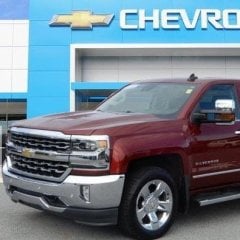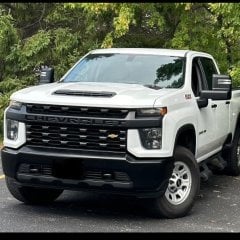Z height position?
-
Recently Browsing 0 members
- No registered users viewing this page.
-
Forum Statistics
247.7k
Total Topics2.6m
Total Posts -
Member Statistics
-
Who's Online 43 Members, 2 Anonymous, 2,361 Guests (See full list)
- She
- PunchT37
- C/K Man
- Scotty4030
- CFee
- dane0254
- Cardsfan300
- JimCost2014
- Macbry
- AJMBLAZER
- PAPER
- kclank
- Pylitlyfe
- KARNUT
- rottman97
- Sonny R
- RenoGuy
- rav3
- Jyoung0386
- LHardy
- AThomas7782
- sjgris
- Bikerjon
- dnerson
- Port Tack Farm
- pirate007
- Tomato
- Shane T.
- Likarok
- danniel
- 81mmcat
- jabe
- djv1951
- ace ventura
- Boborc
- DK91105
- fondupot
- BigGuy MDU
- Jamie Magness
- Chadw90
- N715DP
- Miguel Olea
- EdinOhio















Recommended Posts
Join the conversation
You can post now and register later. If you have an account, sign in now to post with your account.